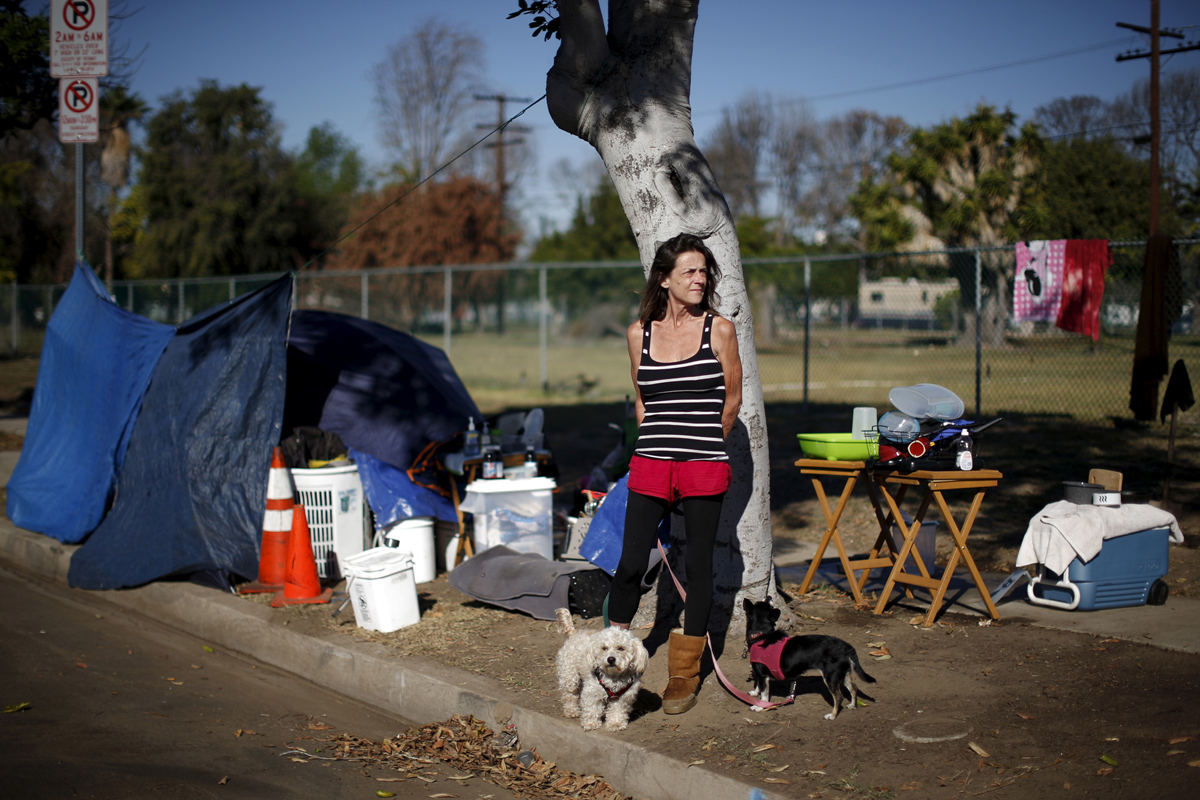Published December 25, 2017 at 5:36 PM
Updated December 25, 2017 at 5:38 PM
The U.S. homeless population has risen for the first time since 2010. According to a government study, there are now more than 550,000 homeless people across the country. Their plight gets extra attention this time of year, as the homeless prepare for winter across the northern part of the country
CGTN’s Dan Williams reports.
Under a road in the center of Chicago, some of the city’s homeless attempt to keep warm. Their possessions, including bundles of clothes and blankets, lie strewn across the sidewalks.
This is where many of Chicago’s homeless are preparing for a harsh winter. It’s estimated that some 82,000 are homeless here; many living on the street, including Joseph and his uncle.
“At night time, even with blankets and all of that, we’d still be freezing. This concrete gets so cold it cracks,” Jason said. “Since I have been out here, seven years, I have seen about six people down here pass away from the cold.”
Another homeless man, Kenneth, told me about the desperate lengths he has to go to stay warm.
“If a friend can’t help me, I stay on the train. You know, back and forth. The day, start all over again. You see my buddy and all, broke down like I broke down now,” he said as he started to cry.
According to the U.S. Department of Housing and Urban Development, homelessness across the country is on the rise for the first time in seven years.
It’s estimated that the number of homeless in the country now stands at about 554,000, a one percent increase from a year ago. This is in part because of rising rents with incomes not keeping pace.
The homeless in Chicago say they are constantly being chased away from other downtown locations. Some say their belongings, tents, and blankets have been seized by the local authorities, making their situation all the more precarious.
The Chicago Coalition for the Homeless is calling for changes.
“Far too often, the city, the government approaches homelessness as a nuisance and uses the law and the criminalization of homelessness as a way to address it,” according to Doug Schenkelberg. “That doesn’t really help anyone. The goal when they do that is to get homelessness out of the line of sight.”
There is some help, however. A number of charities and community outreach programs attempt to provide a safety net.
But funding is tight.
A Safe Haven Foundation provides housing, as well as job training, to help people become self-sufficient.
“I had an addiction to drugs. Marijuana to be specific. And also alcohol,” program participant Davawn told me. “And that was stopping me from being as successful as I could be. They’ve got different programs here like welder, landscaping, culinary arts. There should be one of these programs in every state.”
Davawn is one of the luckier ones. He hopes it won’t be long before he has a place he can call home. But for many others, the only certainty is the prospect of a brutal and unforgiving winter. (Source: https://america.cgtn.com/2017/12/25/chicago-usa-homeless-population-rising-growing )


 In the spirit of settling the wild, wild West,
In the spirit of settling the wild, wild West, 